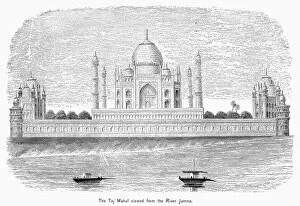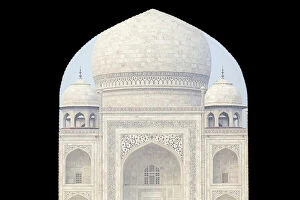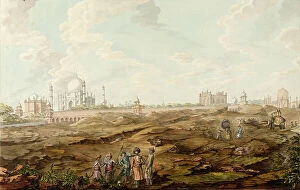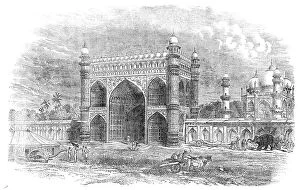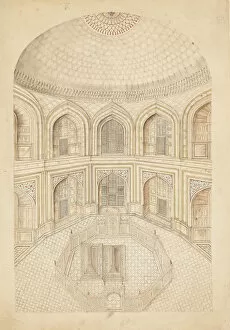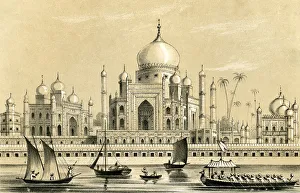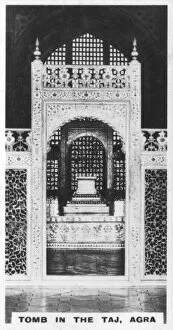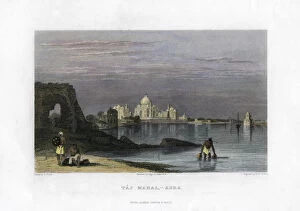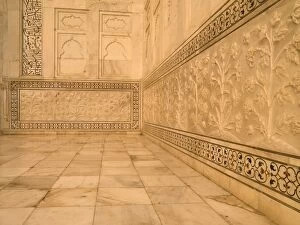Mumtaz Mahal Collection
"Mumtaz Mahal: A Timeless Symbol of Love and Beauty" In the enchanting city of Agra, India, stands a magnificent masterpiece that has captivated hearts for centuries
All Professionally Made to Order for Quick Shipping
"Mumtaz Mahal: A Timeless Symbol of Love and Beauty" In the enchanting city of Agra, India, stands a magnificent masterpiece that has captivated hearts for centuries. The Taj Mahal, often referred to as Mumtaz Mahal in honor of its inspiration, is an architectural marvel that embodies love and devotion. As the sun rises over the Yamuna River, casting a rosy hue upon its marble facade, the Taj Mahal exudes an ethereal beauty. Its pristine white structure reflects in the tranquil waters below, creating a mesmerizing sight that leaves visitors spellbound. Stepping through its grand entranceway reveals a scene straight out of history. A local woman dressed elegantly in a saree stands gracefully at the doorway, adding to the allure of this timeless monument. Her presence echoes the spirit herself - regal and elegant. Inside lies the heart of this mausoleum - where Shah Jahan's beloved wife rests eternally. The interior walls are adorned with intricate carvings and precious gemstones that shimmer under soft light. This sacred space evokes both awe and reverence as one gazes upon it. Through vintage engravings and photomechanical prints from different eras, we catch glimpses into how people have marveled at Mumtaz Mahal throughout time. From 19th-century wood engravings to early 20th-century photographs captured by unknown creators – each image captures her enduring allure. The Taj Mahal's golden dawn light bathes it in warmth and splendor while symbolizing eternal love between Shah Jahan and his beloved queen. It serves as a reminder that true love transcends time itself. Even today, visitors flock from all corners of the globe to witness this architectural wonder firsthand – standing awestruck before its majestic presence.

